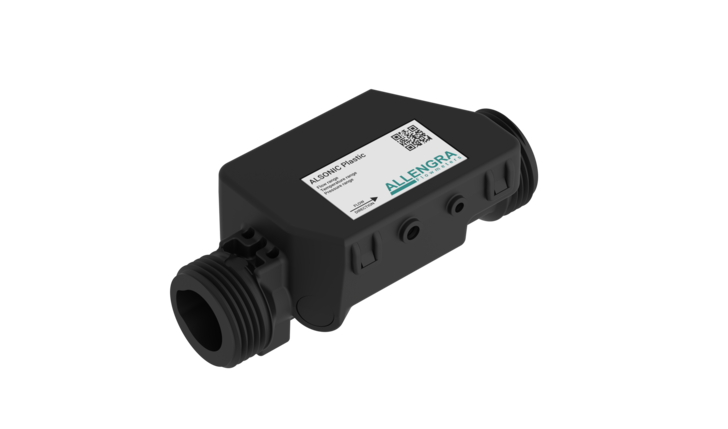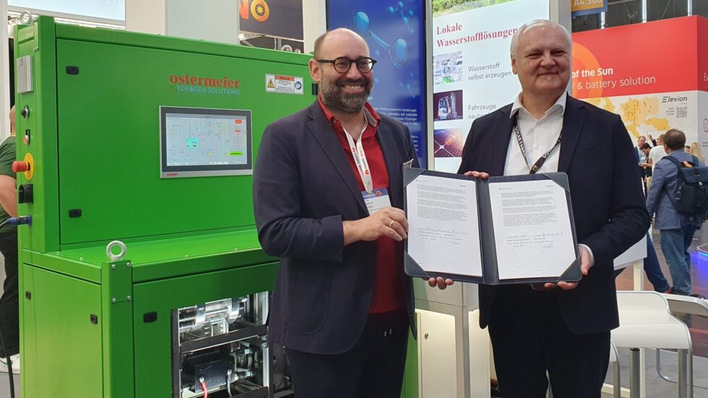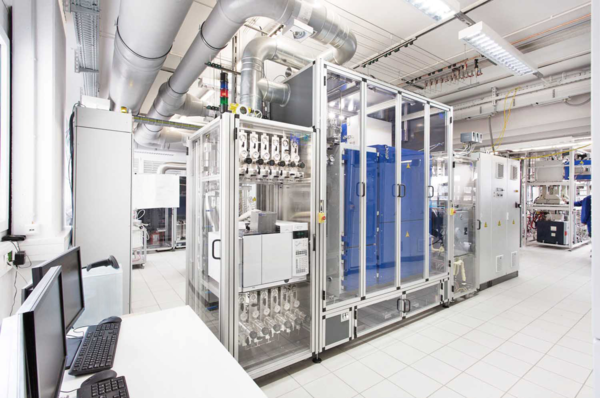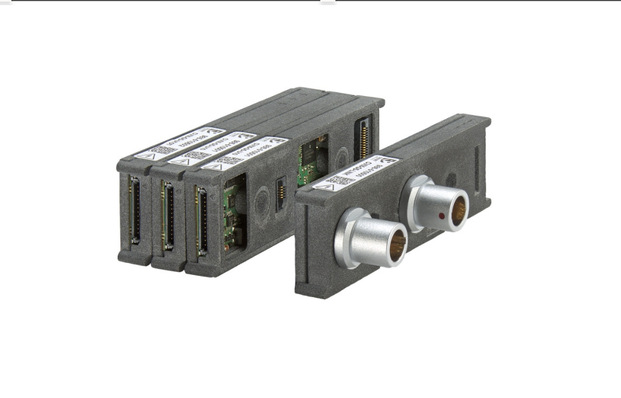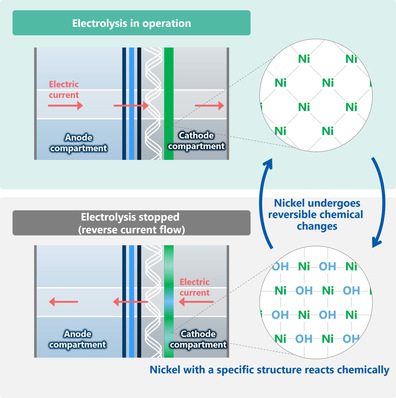At the World Hydrogen Summit & Exhibition in Rotterdam, Allengra unveiled a flow sensor specifically designed for alkaline electrolysis systems. In addition to measuring flow, the sensor determines the concentration of the electrolyte solution by analyzing the speed of sound in the medium. Alkaline electrolysis typically uses potassium hydroxide (KOH) as the electrolyte to efficiently split water into hydrogen and oxygen. The KOH concentration is usually around 30%. Adjusting this concentration is a balancing act between efficiency and durability: higher concentrations improve conductivity but also increase the risk of corrosion in system components.
The ultrasonic flow sensor, marketed under the name Alsonic, is intended to help maintain the KOH concentration within the optimal range. According to the manufacturer, the sensor is made of plastic, requires no maintenance, and delivers high measurement accuracy. It measures both the volumetric flow rate and the speed of sound in the medium, which varies depending on the KOH concentration. This enables inline concentration monitoring without the need for additional chemical analysis. For comparison: the speed of sound in pure water is approximately 1,485 m/s, while in potassium hydroxide solution it can reach up to 2,286 m/s. Allengra's sensors measure the speed of sound with an accuracy of about ±1 m/s. The measurement is non-invasive, involves no moving parts, and is performed in real time.


